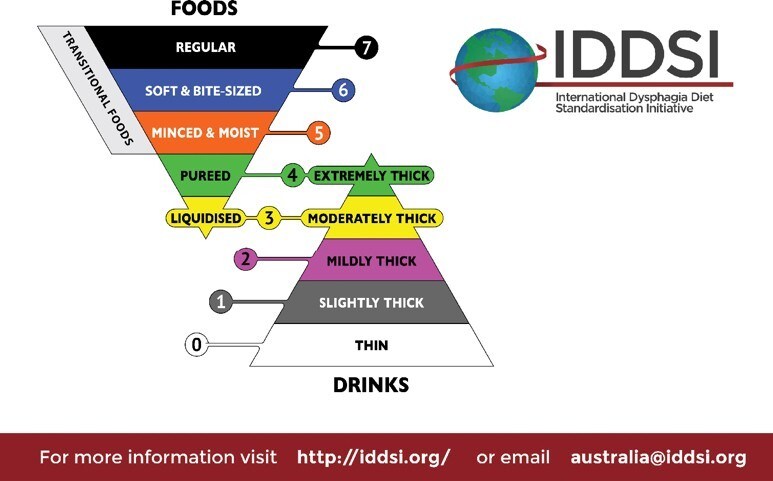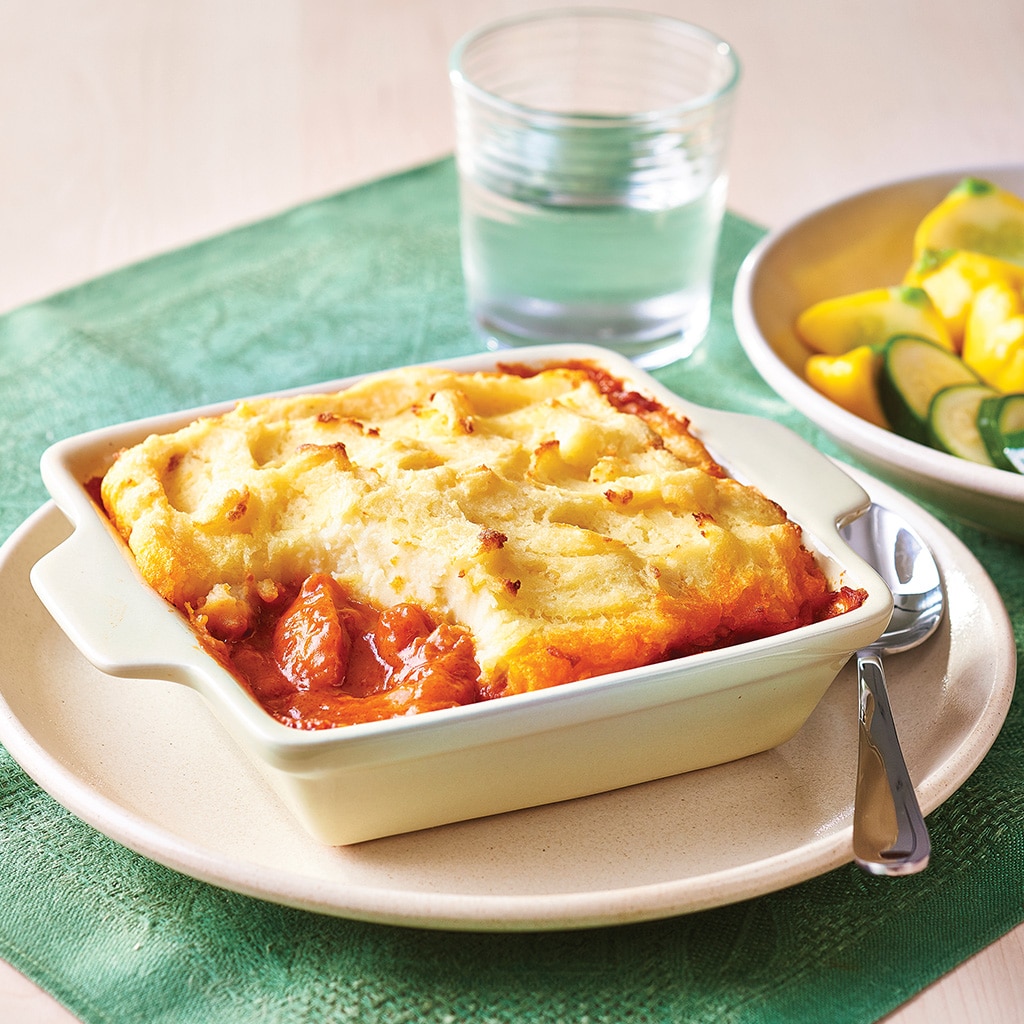Updated on Thursday, 18th June, 2020
The International Dysphagia Diet Standardisation Implementation (IDDSI) will be officially in place on May 1, 2019. According to the information on iddsi.org website, it is a “global initiative to improve the lives of over 590 million people living with Dysphagia”. While it may seem like a big claim, the standardisation itself has been presented in a way which is easy to understand and very simple to implement across all areas where people with Dysphagia are affected.
The current guidelines for Dysphasia diets were developed in 2007 however there have been new research and developments over the last 10 years, which resulted in the need for change.
On July 10, 2018 Unilever Food Solutions attended the first in a series of IDDSI seminars run by Dr Julie Cichero, the co-chair of IDDSI, to understand what these changes mean for Aged Care and what Chefs will need to know and do before May next year.
For Aged Care, the changes and standardisations will require an adjustment in how foods are referred to and how they are tested so there is consistency for each texture level.
Two Key Changes
The key changes to note are:
1) Global Standardisation
The IDDSI framework will be internationally recognised by everyone who works with people with dysphagia; from Speech Pathologists, Dieticians, Nutritionists, Chefs, Nurses, Kitchen staff and Clinicians.
Once fully implemented, there will be less ambiguity (how thick is thick?), and less adaptive training required when people move between roles and workplaces.
2) New texture levels
There are new texture levels being introduced so diets can be more tailored to the individual needs of people.

*Image courtesy IDDSI.
The numbers and colours of each level of thickness have been internationally standardised so they are to understand at a glance. For the official colour standards, IDDSI have provided a guide in the resources section on their website here.
We spoke with Dr Julie Cichero the co-chair of IDDSI, who said;
“In the past, texture modification has been subjective and in terms of providing consistency, it was difficult for Chefs to know, how moist is moist, how big is bite sized.
With the introduction of the IDDSI Framework we have objective measurement techniques and a single set of labels; these things increase safety. As we’ve been introducing the IDDSI framework into Aged Care facilities and hospitals, we have had an opportunity for cross-sector collaboration. We were able to bring Clinical specialists into the kitchen so they could see the way Chefs were working, and then we took the kitchen staff back up to where the meals were being served so everyone could fully understand the conditions and challenges people with dysphagia faced.
With the IDDSI framework in place, there will be more consistency and because everyone involved will understand it, there will be less room for error. We had a situation in the US where a woman delivering meals noticed a mistake had been made in the level of texture modification because she had been trained in the new framework and could recognise the difference. It is situations like this which will make a huge difference once the framework is implemented.”
What next for Aged Care Chefs
1) Understand the new framework
The IDDSI website provides a comprehensive guide to the changes as well as a full resource library and translation service (all free). Go to iddsi.org to access all resources and learning material.
2) Modify your menus
Update your menus and resident files to accurately reflect the changes and ensure they comply with the new standardisation.
3) Share the new framework
Make sure your kitchen staff, service staff and nurses have all received instructions about the new standardisation so everyone is using the same terminology and testing methods.
For Aged Care Chefs, the changes will provide clear and simple guidelines for preparing texture modified foods for residents with dysphagia.

Recipes
-
Macaroni and Cheese Lasagne -
Provencal Fish Cacciatore -
Creamy Tomato and Basil Soup -
Chicken Ratatouille -
Slow Cooked Lamb Shoulder -
Butter Chicken Pie, Potato Top -
Chicken Mornay Lasagne -
-
Chicken and Leek Pie -
Fish Pie with Potato Top -
Roast Salmon with Corn Puree -
Dijon Lamb Meatballs and Minted Hollandaise Sauce -
Roast Veg Frittata Sandwich -
Diced Steak and Mushroom Goulash
Related Products
Log in or Create an account to access:
- Get access to this content
- Discover the latest culinary trends
- Explore and save your favourite recipes
- Watch free video training courses for chefs






















